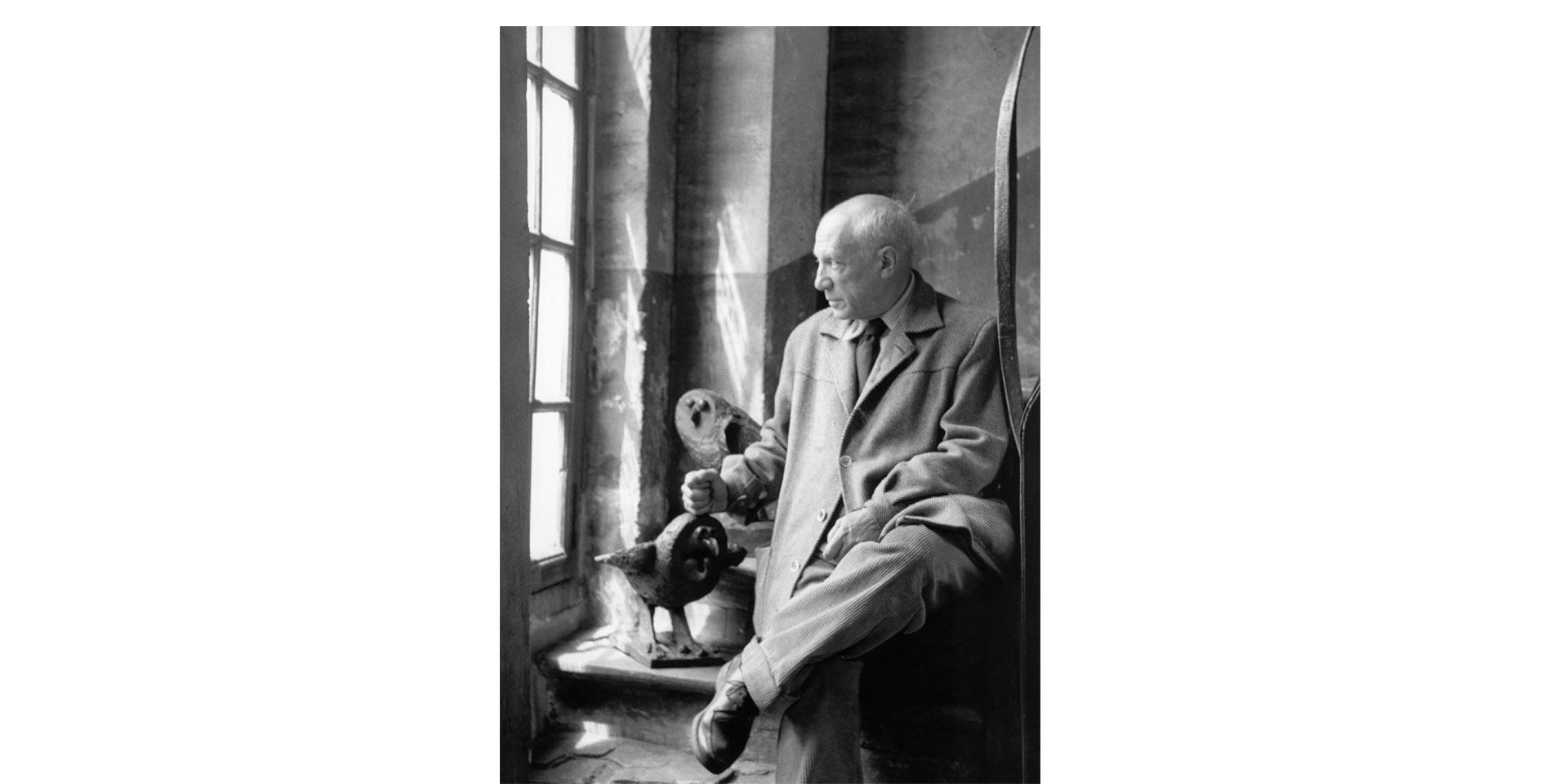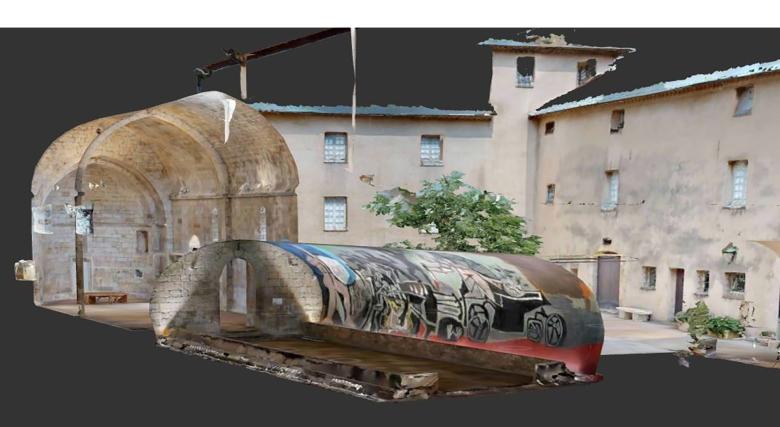Depictions of animals played a central role in the work of Pablo Picasso (1881-1973). Whether true to life or symbolic, they formed a fascinating and multi-faceted bestiary in which nocturnal birds, and particularly owls, take pride of place. This motif first emerged in the 1899 El Zurdo etching, but became a recurring theme from 1946 on, when the artist moved to the Château Grimaldi in Antibes, lasting until the end of his life.
The sculptor and photographer Michel Sima rescued a little wounded owl during a trip to the castle, and entrusted it to Picasso. Christened Ubu, the bird kept the artist company in his studio, and served as a model for a number of paintings, drawings and etchings, as well as ceramic pieces and sculptures. The owl's piercing gaze and night-time activities fascinated Picasso, heightened by the strong symbolic value that owls have held since Antiquity, a period that was of particular interest to Picasso upon his return to the Mediterranean after World War II.
Picasso gave this new subject an ever-shifting significance. Portrayed amidst the fauns and nymphs of Ancient Greece in a nod to the goddess of wisdom Athena, the artist sometimes depicted owls imbued with a more malevolent streak, in reference to the medieval tradition of owls as symbols of ill omens. The many sketchbooks for the monumental War and Peace painting in the Vallauris chapel reveal that the little owl from Peace, now discreetly perched on a child's head, replaced the gigantic Owl of Death initially depicted
as the source of all humanity's evils in War.
This exhibition is a journey into one of Picasso's favourite themes, showcasing fifteen ceramic pieces and sculptures made in Vallauris in the Madoura and Le Fournas studios, accompanied by texts and a series of drawings and paintings surrounding the theme.
The exhibition was made possible thanks to exceptional loans of works from the National
Picasso Museum in Paris, the Musée Magnelli, the Vallauris ceramics museum, the Cité de
la Céramique – Sèvres, and the Picasso Museum in Antibes, as well as from private
collectors.
Curators
Anne Dopffer, general curator of heritage and head of the Musées Nationaux du XX e siècle
des Alpes-Maritimes
Johanne Lindskog, curator of heritage at the Musée Nationa
Legend : Denise Colomb, Pablo Picasso dans l’escalier des Grands-Augustins, Paris, 1952 © Ministère de la Culture et de la Communication – Médiathèque du Patrimoine. Dist. RMN-Grand Palais / Denise Colomb. © Succession Picasso, 2021.
July and August, every day from 10am to 12:45pm and 2:15pm to 6:15pm.
September: every day except Tuesdays from 10 am to 12:15pm and from 2pm to 5pm
Full rate €5, reduced rate €2,50, group rate €2,50 (groups of 10 or more), free for under-26s (EU) and for all on the first Sunday of every month.
Single ticket for the Musée Magnelli and the Musée de la Céramique


